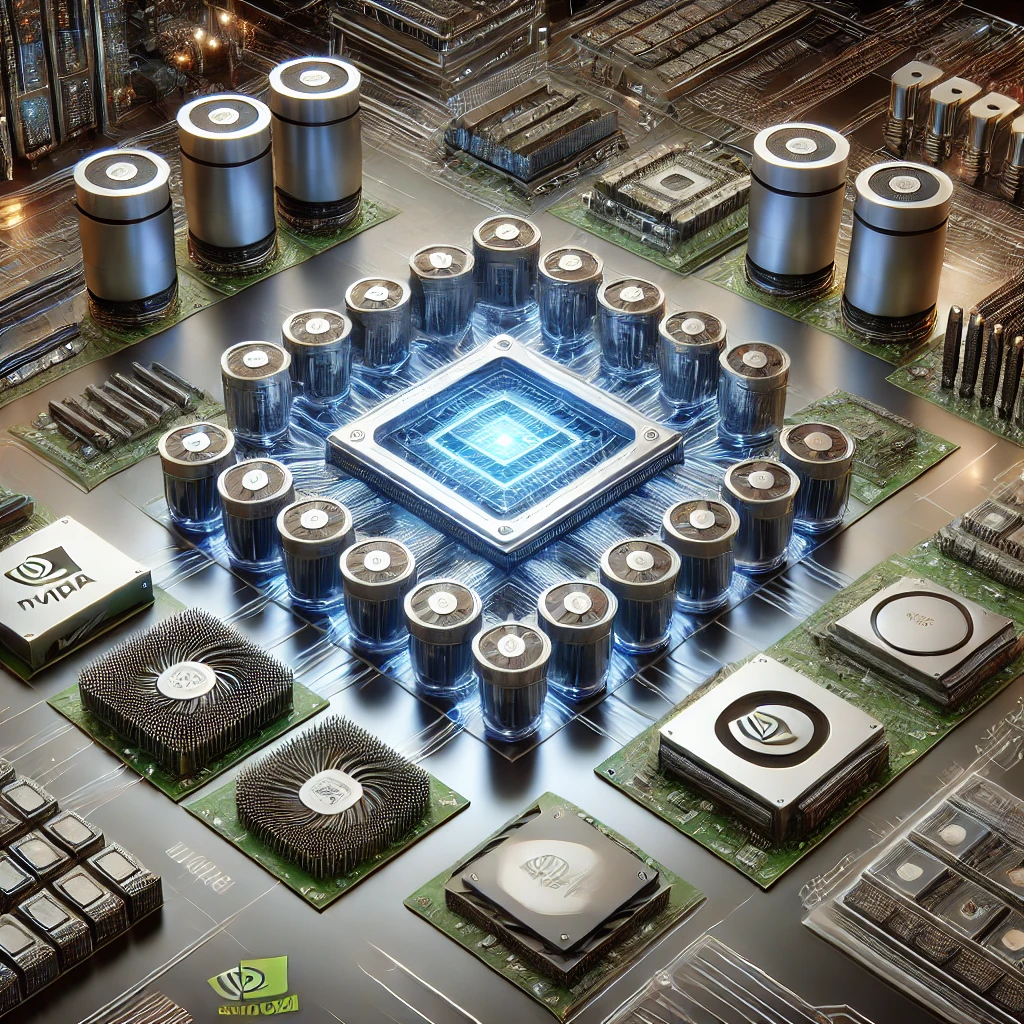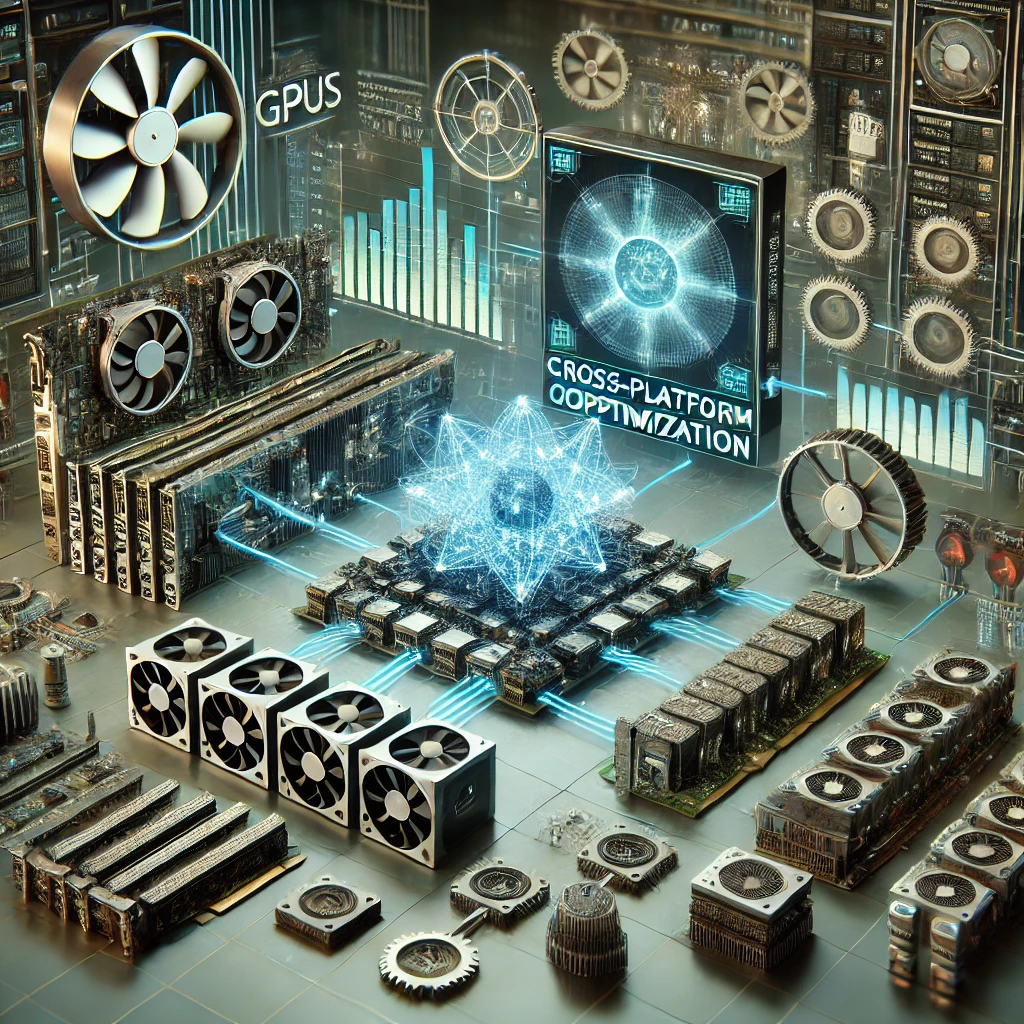In the rapidly evolving field of artificial intelligence, the need for multi-platform support is more critical than ever. As organizations seek to deploy scalable and efficient AI models, the ability to run these models across diverse hardware platforms becomes essential. Multi-platform support enables flexibility, cost-effectiveness, and improved performance, ensuring that AI deployments can meet the demands of various applications. In this article, we’ll explore why multi-platform support is vital for scalable AI deployments and how it impacts the development and execution of large language models (LLMs), including the role of vLLM in this landscape.
Overview of Supported Hardware

To fully harness the potential of AI, particularly in deploying LLMs, understanding the hardware landscape is crucial. Various hardware platforms now support LLMs, each offering unique advantages and challenges:
- NVIDIA GPUs: NVIDIA’s GPUs are widely regarded as the gold standard for AI processing. With their parallel processing capabilities, they excel in handling the vast amounts of data and computations required for training and deploying LLMs. NVIDIA GPUs are optimized for deep learning frameworks like TensorFlow and PyTorch, making them a popular choice for AI researchers and developers.
- AMD CPUs and GPUs: AMD has made significant strides in the AI hardware space, offering both CPUs and GPUs that provide competitive performance. AMD’s GPUs are increasingly being used in AI tasks, particularly with the development of ROCm (Radeon Open Compute), which supports machine learning libraries. Their CPUs, known for strong multi-threading capabilities, also contribute to efficient AI workloads.
- Intel CPUs and GPUs: Intel has long been a dominant player in the CPU market, and its processors are widely used in AI deployments. Intel’s recent foray into GPUs, particularly with their Xe architecture, aims to provide integrated solutions that can handle AI workloads. Intel’s oneAPI initiative also focuses on cross-architecture performance, making their hardware a versatile option for AI tasks.
- PowerPC CPUs: While less common in mainstream AI deployments, PowerPC CPUs are still used in specific industries that require robust and reliable performance. These CPUs are known for their efficiency in handling complex calculations, making them suitable for certain AI applications, particularly in embedded systems.
Understanding the AI hardware compatibility across these platforms is key to ensuring that AI models can be deployed effectively, regardless of the underlying hardware.
Cross-platform Optimization

To maximize the performance of AI models across different hardware configurations, cross-platform optimization is essential. This involves tailoring AI models to leverage the strengths of both GPUs and CPUs, depending on the task at hand. Here are some strategies for optimizing AI model performance:
- Dynamic Workload Allocation: By distributing tasks between GPUs and CPUs based on their respective strengths, AI models can achieve better performance. For instance, computationally intensive tasks can be offloaded to GPUs, while CPUs can handle more sequential tasks.
- Hardware-specific Tuning: Optimizing AI models for specific hardware involves using libraries and frameworks that are tailored to that hardware. For example, using cuDNN for NVIDIA GPUs or ROCm for AMD GPUs can significantly enhance performance. Similarly, leveraging Intel’s MKL-DNN for CPUs can optimize deep learning tasks.
- Unified Programming Models: Frameworks like Intel’s oneAPI aim to simplify cross-platform optimization by providing a unified programming model. This allows developers to write code that can be easily adapted to run on different hardware platforms without extensive modification.
- Scalable vLLM: When deploying large language models, scalability is a critical concern. vLLM (virtual large language model) can be optimized to run efficiently across different platforms by adjusting model size and complexity based on the available hardware. This ensures that even with limited resources, LLMs can be deployed effectively.
Cross-platform optimization not only improves AI model performance but also ensures that AI deployments are scalable and adaptable to different hardware environments.
Future Trends in Multi-platform AI

As AI continues to evolve, so too does the landscape of multi-platform AI support. Emerging trends are likely to shape the future of AI deployments, particularly in the context of LLMs:
- New Architectures: The rise of new hardware architectures, such as ARM-based processors, is set to diversify the AI hardware landscape further. These architectures promise to deliver better energy efficiency and performance, particularly for edge AI applications.
- Heterogeneous Computing: The future of AI may see a shift towards more heterogeneous computing environments, where a combination of different processors (e.g., CPUs, GPUs, TPUs) work together seamlessly. This approach allows for more efficient utilization of resources and better performance.
- Quantum Computing: Although still in its early stages, quantum computing holds the potential to revolutionize AI by providing unprecedented computational power. As quantum processors become more viable, they could significantly impact how LLMs are trained and deployed.
- Enhanced vLLM Support: The continued development of vLLM technology will likely lead to more robust and scalable deployments of LLMs. Future trends may include more advanced techniques for optimizing vLLM across diverse hardware platforms, ensuring that AI models remain efficient and effective.
These emerging AI technologies will play a crucial role in shaping the future of multi-platform AI support, driving innovation and enabling more sophisticated AI deployments.
Conclusion
The importance of multi-platform support in AI cannot be overstated. As AI models, particularly LLMs, become more complex and resource-intensive, the ability to deploy these models across diverse hardware platforms becomes increasingly important. By understanding the hardware landscape, optimizing AI models for different platforms, and staying abreast of emerging trends, organizations can ensure that their AI deployments are both scalable and efficient. As we look to the future, the continued evolution of multi-platform AI will be key to unlocking the full potential of AI in various industries.
